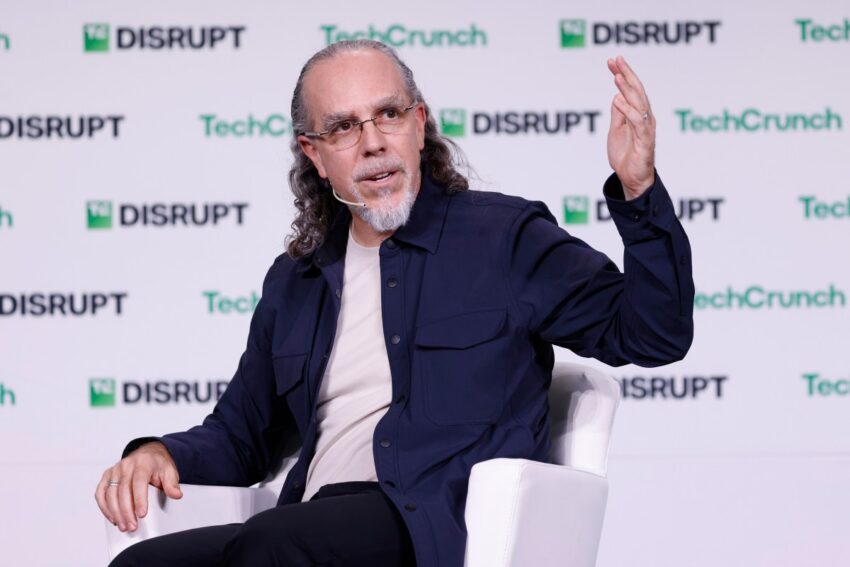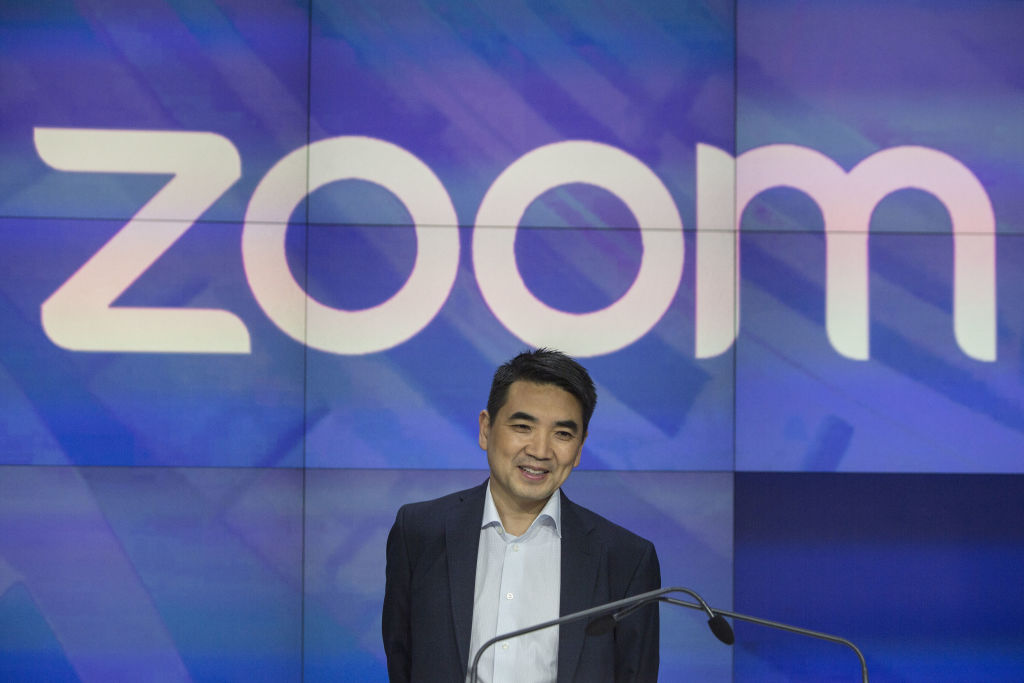
ceo of alphabet s x astro teller Astro Teller, the CEO of Alphabet’s innovation lab known as X, recently shared insights into the nature of “moonshots” and the company’s approach to groundbreaking projects.
ceo of alphabet s x astro teller
Understanding Moonshots
Moonshots refer to ambitious projects that aim to achieve significant advancements, often in technology or science, that can lead to transformative changes in society. These projects are characterized by their high risk and high reward nature, often requiring substantial investment and innovative thinking. Teller emphasizes that the essence of a moonshot lies in its potential to solve major global challenges, rather than merely generating profit.
The 2% Hit Rate
One of the most striking revelations from Teller is the company’s 2% hit rate. This statistic indicates that only 2% of the projects initiated by X successfully reach their intended goals or become viable products. This high failure rate may seem daunting, but Teller argues that it is an inherent part of the innovation process. He explains that the majority of groundbreaking ideas will not materialize as expected, and that this is not only acceptable but also necessary for fostering true innovation.
“We are okay with failing,” Teller states, reinforcing the idea that failure is a stepping stone toward success. He believes that the lessons learned from unsuccessful projects can provide invaluable insights that inform future endeavors. This perspective encourages a culture of experimentation within the organization, where team members are motivated to take risks and explore uncharted territories without the fear of failure stifling their creativity.
Fostering a Culture of Innovation
To cultivate an environment conducive to innovation, Teller emphasizes the importance of a supportive organizational culture. At X, team members are encouraged to think outside the box and pursue ideas that may initially seem impractical. This freedom to explore unconventional solutions is crucial for generating the kind of groundbreaking innovations that define moonshots.
Teller also highlights the significance of collaboration in the innovation process. By bringing together diverse teams with varying expertise, X is able to tackle complex problems from multiple angles. This interdisciplinary approach not only enhances creativity but also increases the likelihood of discovering unique solutions that may not have emerged in a more siloed environment.
Identifying the Right Problems
Another critical aspect of pursuing moonshots is identifying the right problems to solve. Teller believes that the most impactful innovations arise from addressing significant societal challenges. He encourages his team to focus on issues that have the potential to improve the lives of millions, if not billions, of people.
Global Challenges as Opportunities
In recent years, X has directed its efforts toward a variety of global challenges, including climate change, healthcare, and education. By framing these issues as opportunities for innovation, Teller and his team are able to channel their resources into projects that not only have the potential for substantial financial returns but also contribute positively to society.
For instance, X has invested in projects aimed at developing sustainable energy solutions and improving access to healthcare through technology. These initiatives not only align with the company’s mission but also resonate with a growing public demand for corporate responsibility and social impact.
Learning from Failure
As previously mentioned, the high failure rate of moonshot projects is not viewed as a setback but rather as an integral part of the learning process. Teller explains that each failed project provides critical data and insights that can inform future endeavors. This iterative approach to innovation allows X to refine its strategies and improve its chances of success in subsequent projects.
Moreover, the lessons learned from failure extend beyond the confines of individual projects. They contribute to a broader understanding of market dynamics, technological feasibility, and user needs. By systematically analyzing the outcomes of its initiatives, X can adapt its approach and better align its efforts with the evolving landscape of innovation.
Stakeholder Reactions
The concept of moonshots and the associated high failure rate have elicited mixed reactions from stakeholders, including investors, employees, and the public. While some view the 2% hit rate as a cause for concern, others recognize it as a necessary aspect of pursuing groundbreaking innovations.
Investor Perspectives
Investors often seek assurance that their capital is being allocated effectively. The high failure rate of moonshots may raise questions about the viability of X’s business model. However, Teller argues that the potential rewards of successful projects far outweigh the risks associated with failure. He points to past successes, such as Waymo and Google Glass, as examples of how moonshots can lead to significant advancements and financial returns.
Furthermore, Teller emphasizes the importance of transparency in communicating the company’s goals and progress to investors. By providing regular updates on both successes and failures, X aims to build trust and foster a collaborative relationship with its stakeholders.
Employee Engagement
For employees at X, the opportunity to work on moonshot projects can be both exhilarating and daunting. The prospect of failure can create pressure, but Teller believes that fostering a supportive environment is key to maintaining employee morale. He encourages team members to view challenges as opportunities for growth and to embrace the learning process that accompanies experimentation.
Additionally, Teller highlights the importance of recognizing and celebrating both successes and failures within the organization. By creating a culture that values learning and innovation, X aims to keep employees engaged and motivated to pursue ambitious projects.
The Future of Moonshots
As X continues to explore new frontiers in technology and innovation, the concept of moonshots will remain central to its mission. Teller envisions a future where the organization can leverage its unique approach to tackle even more complex global challenges.
Expanding the Scope of Innovation
Looking ahead, Teller believes that the potential for moonshots extends beyond traditional technology sectors. He encourages his team to explore interdisciplinary collaborations that combine insights from various fields, such as biology, engineering, and social sciences. This holistic approach can lead to innovative solutions that address multifaceted problems in novel ways.
Moreover, Teller emphasizes the importance of adaptability in the face of changing global dynamics. As new challenges emerge, X must remain agile and responsive, ready to pivot its focus and resources to address pressing issues. This flexibility will be crucial for maintaining its relevance and impact in an ever-evolving landscape.
Conclusion
Astro Teller’s insights into the nature of moonshots provide a compelling perspective on the challenges and opportunities associated with pursuing groundbreaking innovations. The 2% hit rate serves as a reminder that failure is an inherent part of the innovation process, and that the lessons learned from unsuccessful projects can pave the way for future successes. By fostering a culture of experimentation, collaboration, and adaptability, X aims to continue its mission of tackling significant global challenges and driving transformative change.
Source: Original report
Was this helpful?
Last Modified: October 28, 2025 at 12:39 pm
2 views















